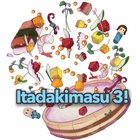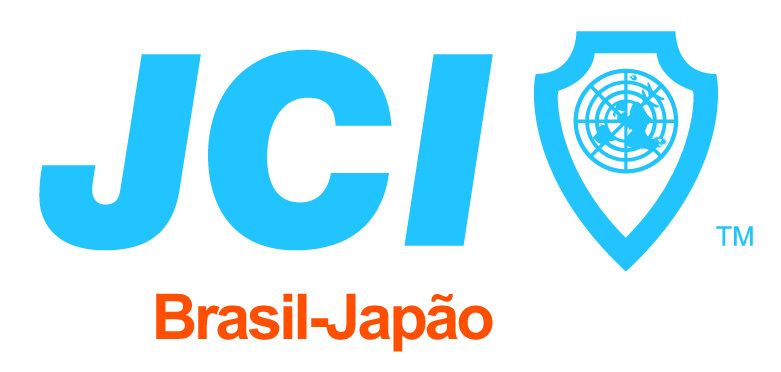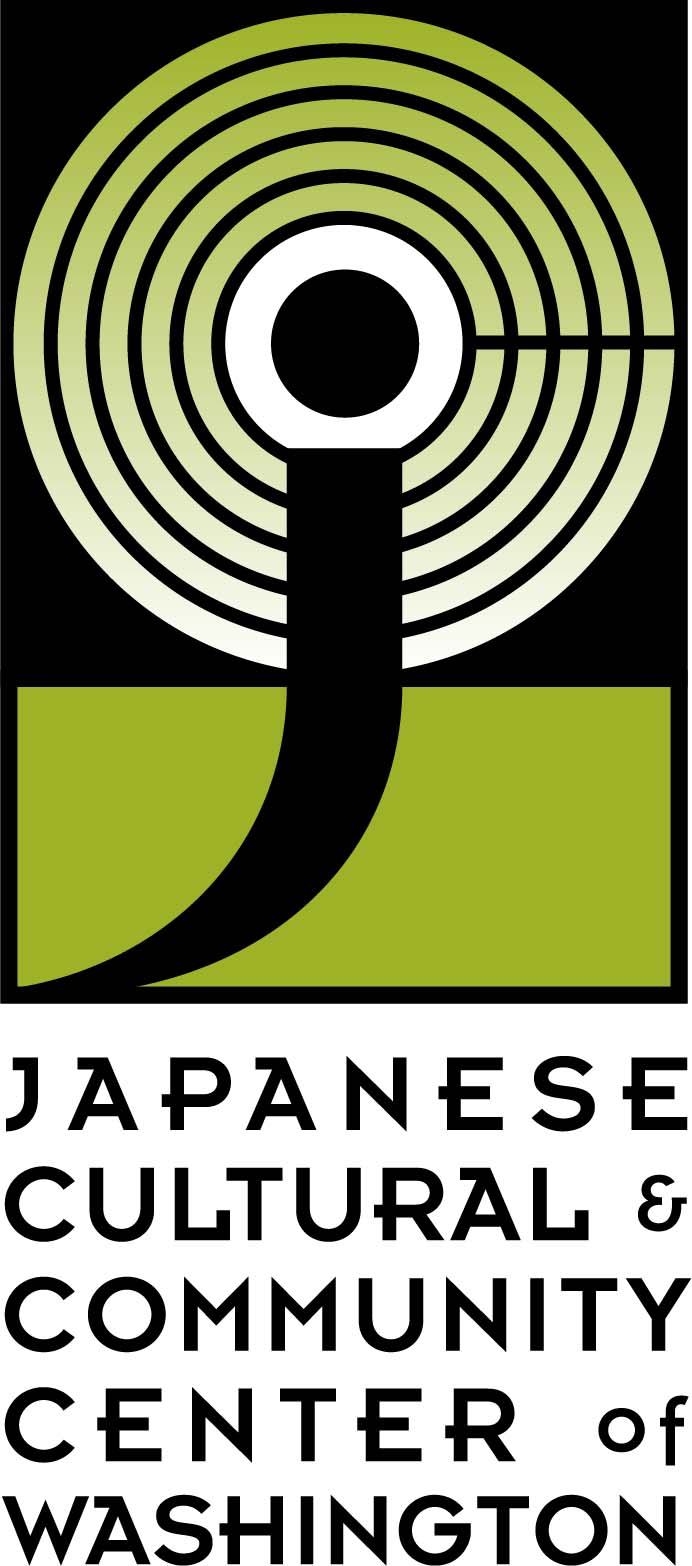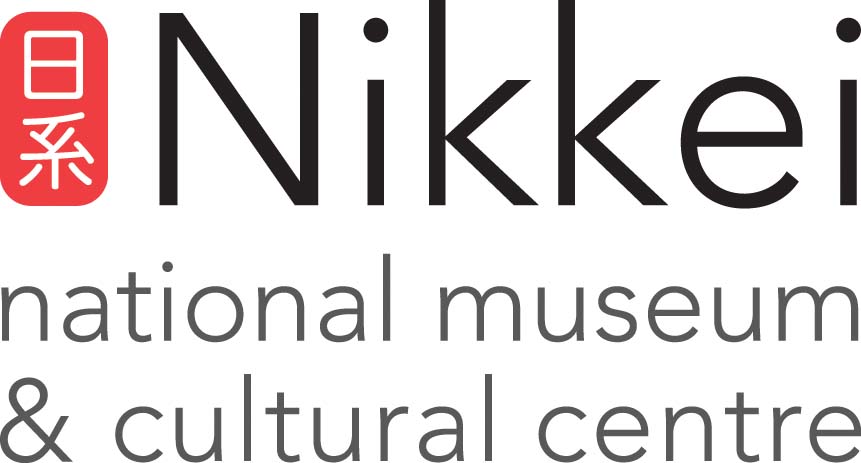My grandparents, Tatsuzo and Kinu Wakabayashi, natives of Hikone- shi and Shigaken , arrived in the city of Lima through yobiyose , or called by another immigrant, established at the beginning of the 20th century. They had six children, my father Francisco Tatsuo, the eldest, and five daughters: Aiko, Laura Fusako, Isabel Shizuko, Rosa Sueko and Luisa Toshiko.
According to the custom of Japanese immigrants, my father and his sister were sent to study in Japan, returning to Peru alone, already an adult like Kirai nisei, that is, feeling more Japanese than Peruvian. My other aunts were educated at the Lima Japanese School located in the Jesús María district.
What I miss from my childhood and adolescence is the oshogatsu , or New Year's, celebration at my house. A great event. Every first day of the New Year was spent with preparations, hectic shopping in the Japanese grocery stores in the crowded streets surrounding the central market of Lima. Ingredients such as konnyaku , similar to a gum made from a tuber; kamaboko, a fish cake with bright red dye; kombu , a dried seaweed nori , seaweed processed into sheets; kampyo , a dried pumpkin shavings; kyuri , a small, crunchy Japanese cucumber; mochi, a glutinous rice cake; aburague, a fried tofu; soba , thin, long noodles; azuki , red beans and local products such as mamé or beans, river shrimp, daikon , or turnip, among others.
On December 31 we had dinner with the usual menu, except for the dark sobá in tsuyú , a light broth, to ensure longevity during the year that began. Next, my mother, Eiko Aida, together with my aunt, began to prepare the stews throughout the night; the only one of the entire year in which they stayed up late not partying but cooking.
Early on January 1, the table was filled with exquisite red mamé and black mamé for health and prosperity, makizushi of the originals of yesteryear, without strange fusions; baked turkey, kombu -laced kuchitoris , sekihan , the quintessential holiday red steamed rice, and red shrimp with huge tongs like no other; and we began a sumptuous first meal of the year by uncorking a champagne and offering to the hotokesama , or small altar, to protect Buddhist symbols and make the general toast in glasses that were used only on that occasion, once a year.
An ozoni , or soup based on chicken broth with aburague and mochi , with Kansai seasoning, opened the succulent breakfast, and then the whole family, with the Oyichan in life, parents, aunt and us, the three brothers, We helped ourselves to all the delicacies prepared by these two endearing people who, without a doubt, would have slept very little.
My dad would then go out to the traditional reception offered by the Japanese Ambassador at his residence to greet the members of the Japanese colony in general and from there he would leave to visit family and friends, in a fixed and unaltered list, composed through the houses of about seven friends and five relatives.
In each of them, he was served with dishes similar to those we left at our house to serve the same friends he visited, and I remember his comments, that in Don Kishiro Hayashi's house there was kazunoko or flying fish eggs, orange-red and crunchy, brought from Japan, without a doubt, a delicacy that I have not tried yet.
Globalization was still far away and whiskey was a very expensive item of desire, and brands that today are normal category were offered to visitors as if it were an 18-year-old liquor. Every year, my mother and my aunt grew older and the same thing happened with the ladies of the friends' families with whom we shared the round-trip visits, and so one year, for some reason that I do not remember, they decided, by consensus, not to make the traditional visiting tour. The following year, the strenuous tradition was no longer carried out, and thus that indelible memory came to an end.
© 2022 Arturo Wakabayashi








